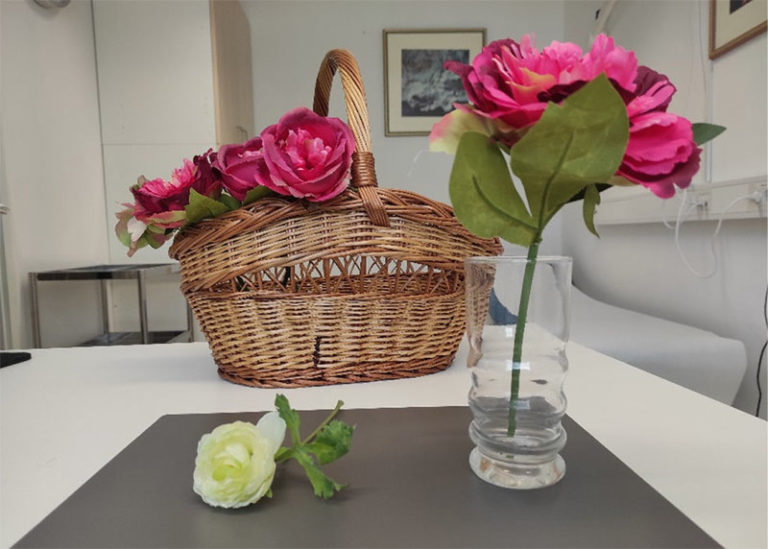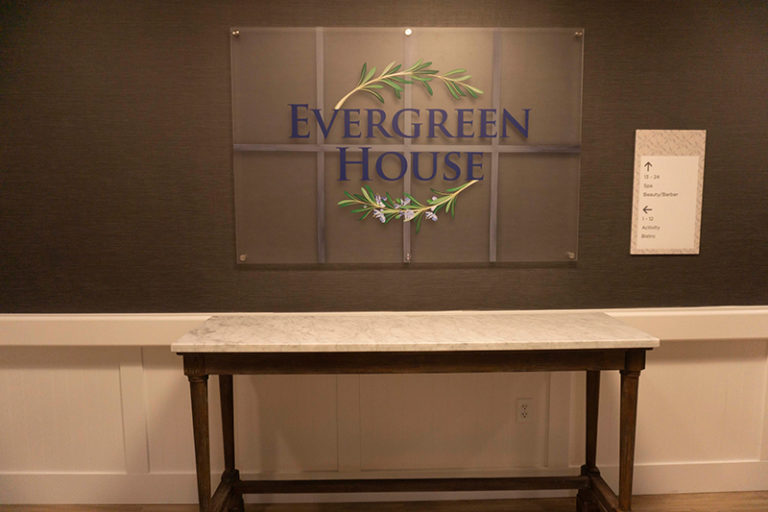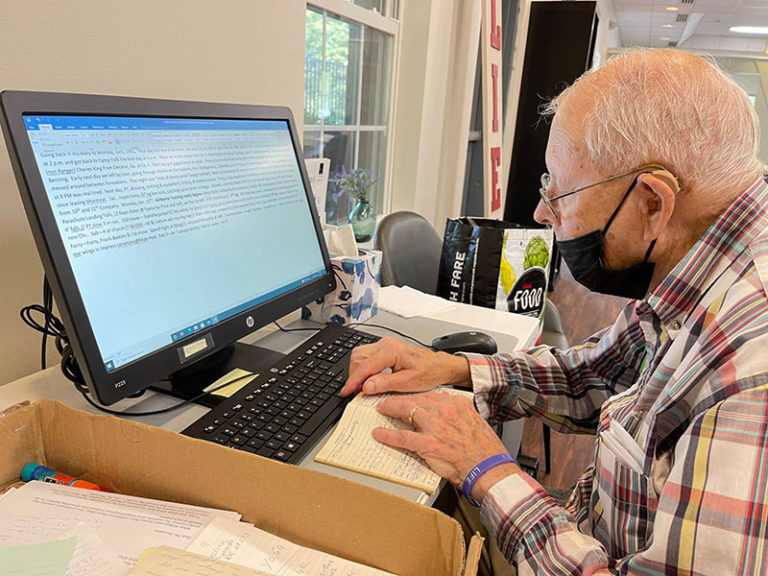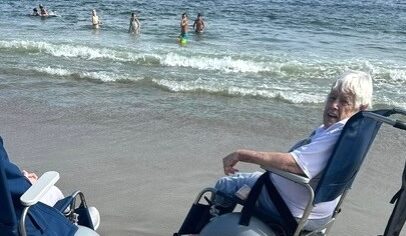Follow us in a 12 month journey as we find our way From Can’t to Can Do!
Learn how Brush Development is working alongside staff and residents to implement meaningful change
We are off and running with a lot of progress in several areas of our Montessori project at Clark Retirement Community this month!

Research
First, our researchers, Natalie Douglas, PhD, Michelle Bourgeois, PhD, and students from Central Michigan University working with Dr. Douglas, gathered consent from residents and their responsible parties. Baseline cognitive screenings were completed, and a variety of information was gathered about engagement, quality of life, staff satisfaction, medications, and responsive behaviors. All of the staff completed a Montessori Self-Assessment as well.
Education
Staff attended two all-day workshops about Montessori for Aging and Dementia that covered topics such as: the importance of having meaning and purpose in our life at any age, Montessori principles, memory and communication in dementia, creating a prepared environment, Montessori materials, and the staff roles in creating opportunities for meaningful engagement for older adults. We video recorded the sessions so staff who were unable to attend could watch it at a later date. The purpose of the workshops was twofold; to provide staff with necessary education and to answer the big question, “Why Montessori?”
The Montessori approach is an effective way to empower older adults to live a life with dignity, respect, choice, and meaning and purpose.
We all want to live a life with meaning and purpose and to have control over what happens to us and when it happens. The Montessori way of life is good for ALL of us.
But implementing Montessori means change. It’s a word a lot of people don’t like, because change makes us feel uncomfortable. We are all creatures of habit and need to be motivated to change established practices. For this project to be successful, we need to make the changes stick. It became very clear during the workshop that it is important to spell out the impact of the change on people. The team members involved wanted to know what the change means for them personally and just HOW they were going to accomplish this change. “Do we have to start ALL of this tomorrow?” “It sounds like a good idea, but how are we going to do this?”
Baby Steps
The leadership at Clark will need to focus consistent attention on this change program and make sure that they model the new behaviors they are asking the care partners and other staff to adopt. In addition, they’ll need a team to lead this effort and hold one another accountable for the initiative’s success. The staff will also need the proper resources and supplies to carry out the new Montessori activities. Renee Van Y, Life Enrichment Specialist, is setting up a multidisciplinary team to lead the change efforts that will work with me to create a step-by-step action plan.
To address the question “How will we do this?” Renee came up with a simple first step for the care partners. She created a task breakdown for making the bed and brushing teeth that reflected the Montessori guidelines we discussed in the workshop:
- Know the person
- Prepare the environment
- Invite the person
- Demonstrate the steps
- Step back and observe
- Praise and thank the person
She used role play to help staff understand how to use the Montessori principles during simple, everyday tasks. Over the next few weeks, the care partners will practice facilitating one activity of daily living each day with each person in a “Montessori way.” In addition, she asked the care partner to be mindful as they go about their day and to ask themselves, “Is this something that a resident can be helping me with?” This will help to identify different roles with which the residents can assist.
Materials
In a Montessori classroom, you will notice children sorting, stacking, and manipulating all sorts of beautiful objects made of a range of materials and textures. The prepared environment for older adults has a wide range of materials of interest to adults. The goal is for these materials to be accessible all throughout the day for individuals to use and enjoy whenever they choose. Clark has a wonderful living space with shelves and tables and chairs just waiting to be filled with Montessori materials. During my visit in February, we filled the shelves with some materials and supplies for completing household chores. A few residents joined us as we unpacked the supplies, which could be used for such everyday tasks as sewing, doing puzzles, flower arranging, fine motor activities, juice squeezing, and polishing. Here you can see someone helping us by enjoying dusting the shelves. In the coming months, I’ll provide some examples and sample lessons about how to use these materials with elders.





